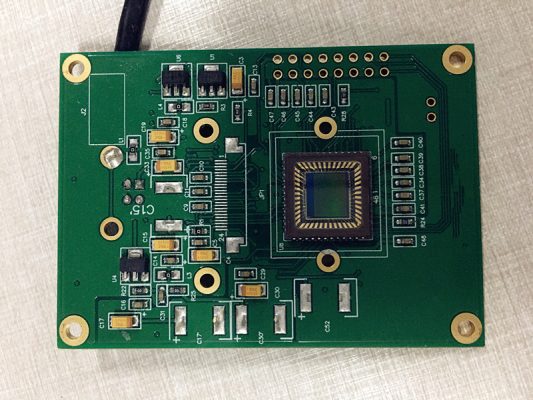Design standards of PCB Pads Shape & Size
PCB Design is based on the circuit schematic to realize the functions required by the circuit designer. PCB design mainly refers to PCB Layout, which need to consider various factors such as the layout of external connections, the optimized layout of internal electronic components, the optimized layout of metal connections and through holes, electromagnetic protection, and heat dissipation. Excellent PCB design is able to save production cost and achieve good circuit performance and heat dissipation performance.

Common pads shapes in PCB design
Pads can be divided into 7 categories, which are distinguished by shape as follows:
1. Square pad- It is often used when the components on the PCB are large and few, and the printed wires are simple.
2. Circular pads- Be widely used in single and double-sided PCB boards with regularly arranged components.
3. Island-shape pads- The connection between pads is integrated, and which is often used in vertical irregular arrangement.
4. Teardrop-shape pads- It is often used when the connecting trace is thin, and it is often used in high-frequency circuits.
5. Polygonal pads- Be used to distinguish pads with close outer diameters but different apertures for helping assembly.
6. Oval pad- This kind of pad has enough area to enhance the anti-stripping ability, and is often used for dual in-line devices.
7. Open-shaped pad- In order to ensure that after wave soldering, it is commonly used when the manually repaired pad hole is not sealed by solder.

Design standards for the shape and size of pads in PCB design
1. The minimum single side of all pads is not less than 0.25mm, and the maximum diameter of the entire pad is not more than 3 times the component aperture.
2. Try to ensure that the distance between the edges of the two pads is greater than 0.4mm.
3. In the case of dense layout, it is recommended to use oval and oblong pads.
4. For plug-in components, in order to avoid copper foil breakage during soldering, the single-sided connection pads should be completely covered with copper foil, and the minimum requirement for double-sided pads should be filled with teardrops.
5. All machine insert components need to be designed as drip pads along the bent leg direction to ensure full solder joints at the bent leg.
6. The pads on the large-area copper foil should be chrysanthemum-shaped pads, not to be soldered.

